The desert: a harsh, unforgiving landscape that can turn deadly in mere hours. Scorching days, freezing nights, and precious little water make it one of the most challenging environments on Earth. But if you ever find yourself stranded there, with the right skills, you can survive, even in this extreme terrain, until you find help or your way out.
Finding Water
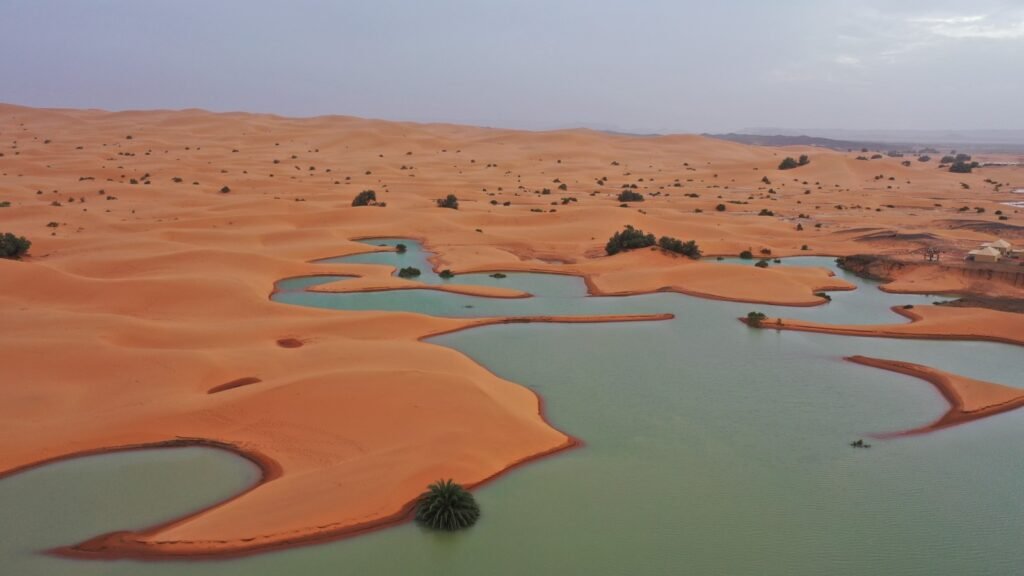
Water is life in the desert. Learn to spot signs of hidden water sources like green vegetation, animal tracks, and dry riverbeds. In the morning, collect dew on cloth or plastic sheets. Dig in low areas or at the base of cliffs to find underground seeps. Remember, a person can survive only about three days without water in desert conditions. Cactus flesh can provide emergency moisture, but be cautious—some species are toxic and the water is often alkaline, which can cause nausea.
Building a Solar Still

When water’s scarce, a solar still can be a lifesaver. Dig a hole, place a container in the center, and cover with plastic sheeting. The sun’s heat will evaporate moisture from the ground, which condenses on the plastic and drips into your container. One solar still can produce about a liter of water per day. Adding green vegetation or urine-soaked sand to the hole can increase water production by up to 50%.
Identifying Edible Plants
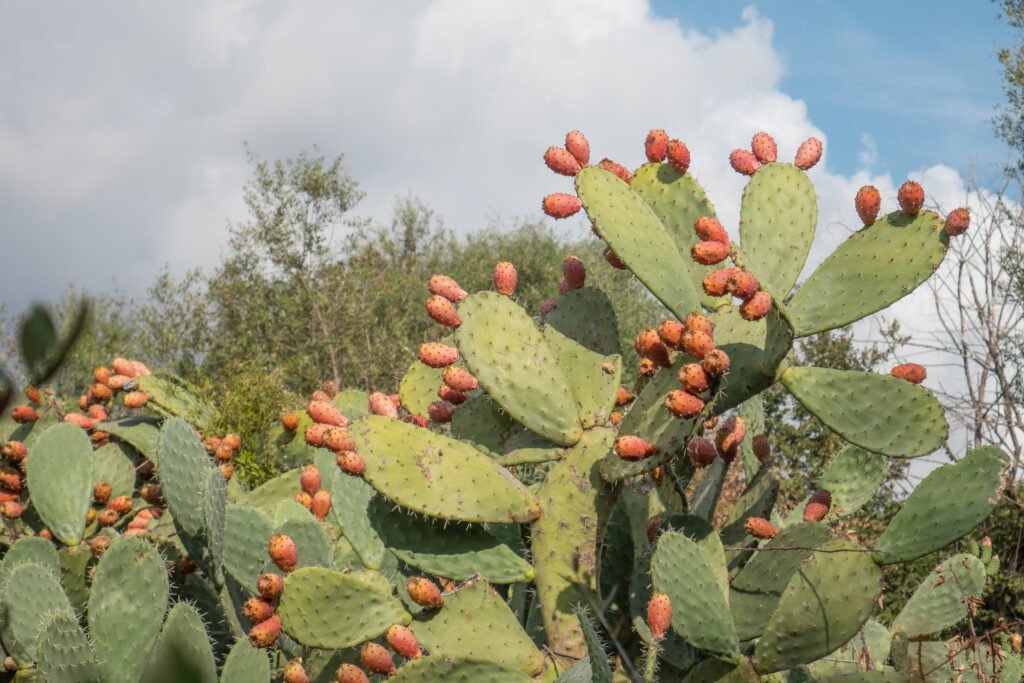
Desert plants are tough, but some are edible. Learn to recognize prickly pear cactus, mesquite pods, and agave. Always test new plants with a small amount first. Avoid plants with milky sap, beans, or umbrella-shaped flowers, as these are often poisonous. The fruit of the saguaro cactus is not only edible but also rich in vitamin C and can be a valuable food source in late summer.
Constructing Shelter

Shelter from the sun is crucial. Use natural features like rock overhangs or build a simple lean-to with found materials. Aim for a shelter that’s low to the ground and well-insulated. A good shelter can lower the surrounding temperature by up to 40 degrees Fahrenheit. Digging a shallow trench inside your shelter can provide additional cooling, as the earth below the surface remains cooler.
Navigation Without a Compass
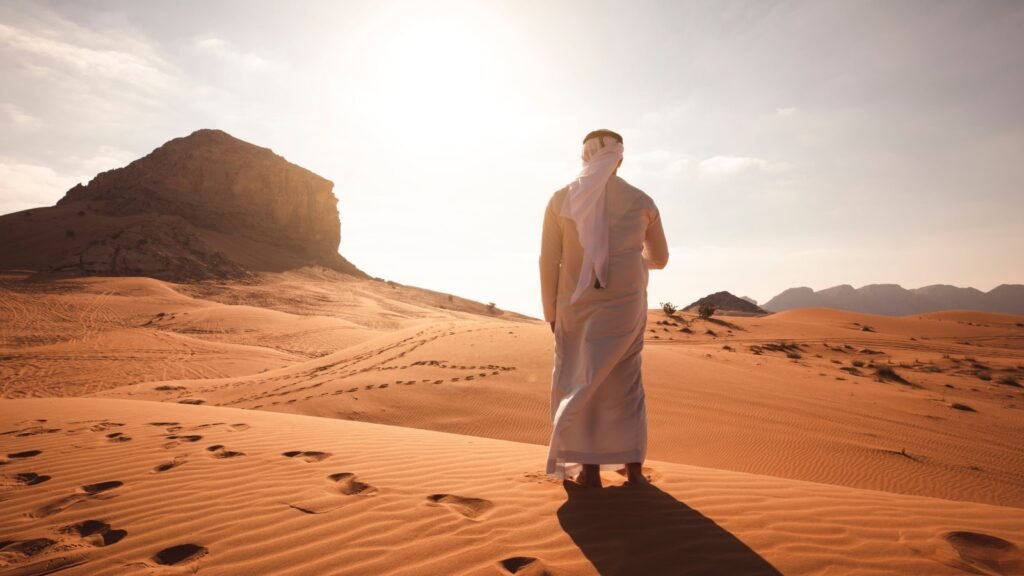
The sun and stars are your guides in the desert. During the day, use the sun’s position to determine direction. At night, find the North Star or Southern Cross. Learn to read the landscape for landmarks and remember: never travel during the hottest part of the day. In the Northern Hemisphere, moss on trees tends to grow more on the north side, providing another natural directional clue.
Fire Starting
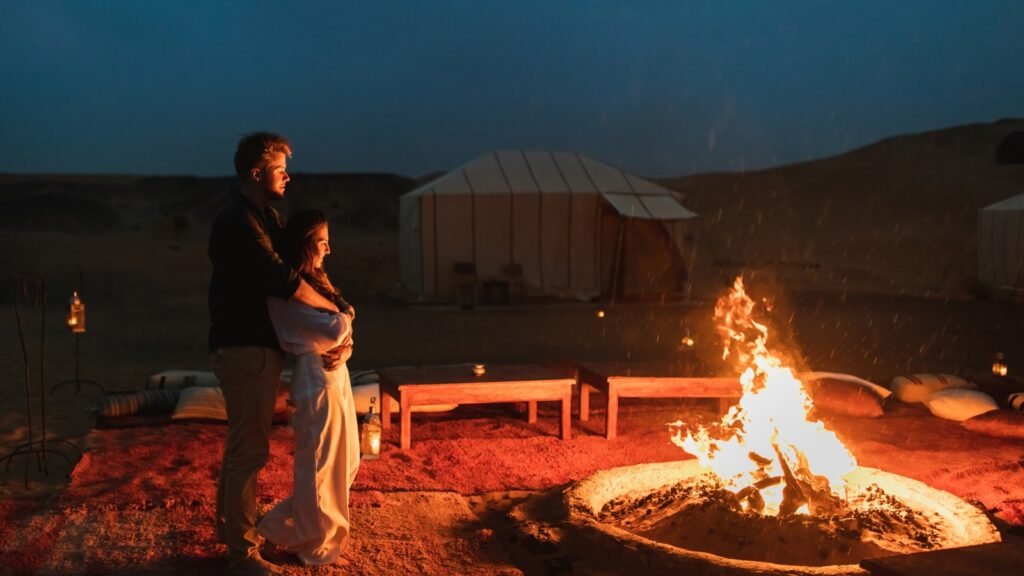
Fire provides warmth, light, and a way to purify water. In the dry desert, friction methods like the bow drill work well. Always carry multiple fire-starting tools like matches, a lighter, and a magnifying glass. A fire can also be used to signal for help, visible from up to 50 miles away. Dry animal dung, abundant in many desert areas, makes excellent fuel and burns slowly.
Signaling for Rescue
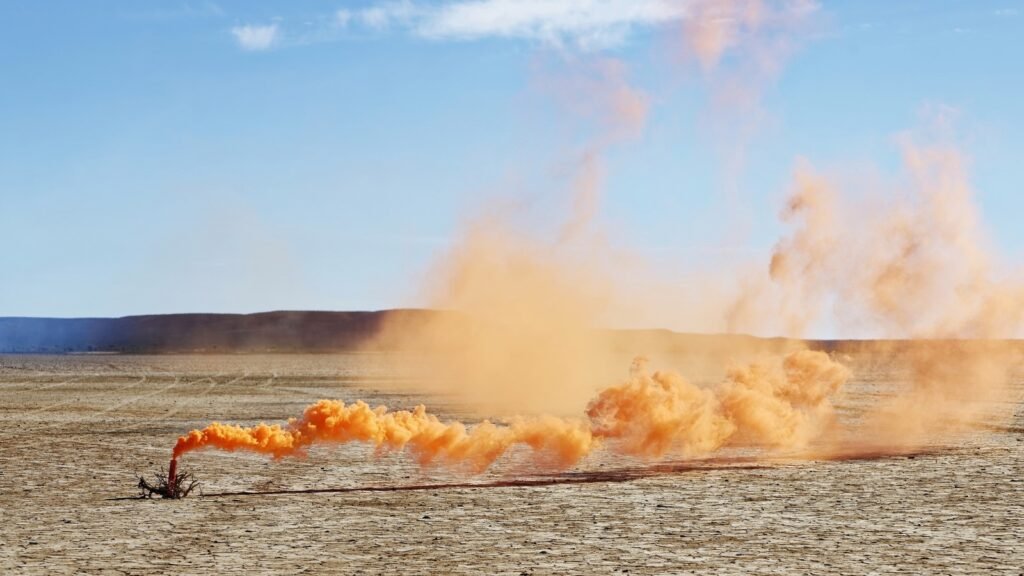
Bright colors and reflective surfaces catch attention. Carry a signal mirror and learn to use it effectively. Three of anything (fires, honks, flashes) is the universal distress signal. A signal fire with green vegetation creates thick smoke visible for miles. Spelling out “SOS” or “HELP” with rocks or other materials on open ground can be spotted by aircraft.
Treating Heat Exhaustion

Recognize the signs: heavy sweating, dizziness, headache. Get to shade immediately, drink water, and cool the body with damp cloths. Without treatment, heat exhaustion can progress to heat stroke in as little as 30 minutes. Immersing hands and feet in cool water can help lower body temperature quickly.
Avoiding Dehydration
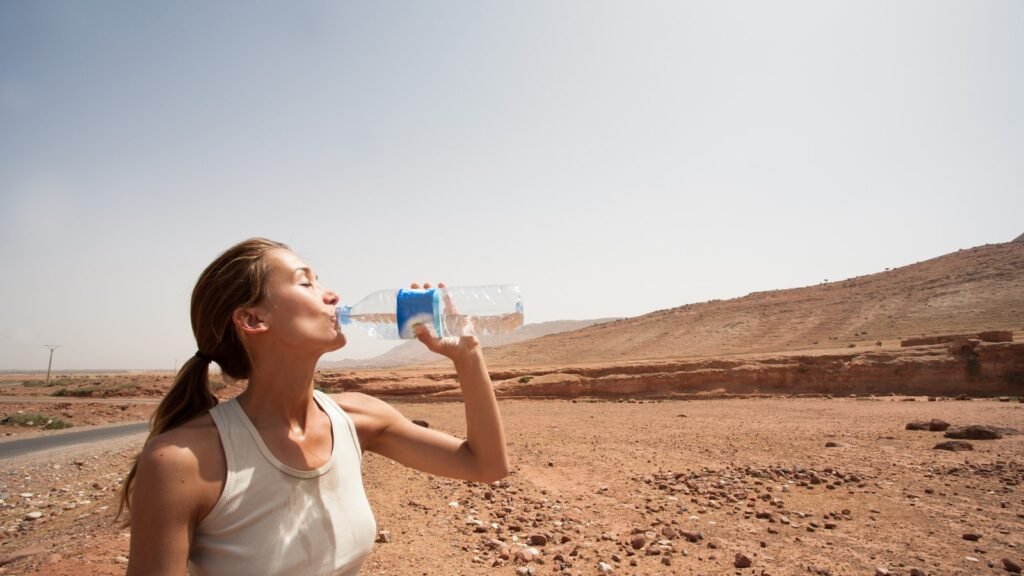
Drink water regularly, even if you’re not thirsty. Ration sweat, not water. Avoid alcohol and caffeine, which increase dehydration. Urine should be clear or light yellow; if it’s dark, you’re dehydrated. In desert heat, you can lose up to 1.5 liters of water per hour through sweat. Sucking on a small pebble can stimulate saliva production, helping to alleviate thirst when water is scarce.
Snake Bite Prevention
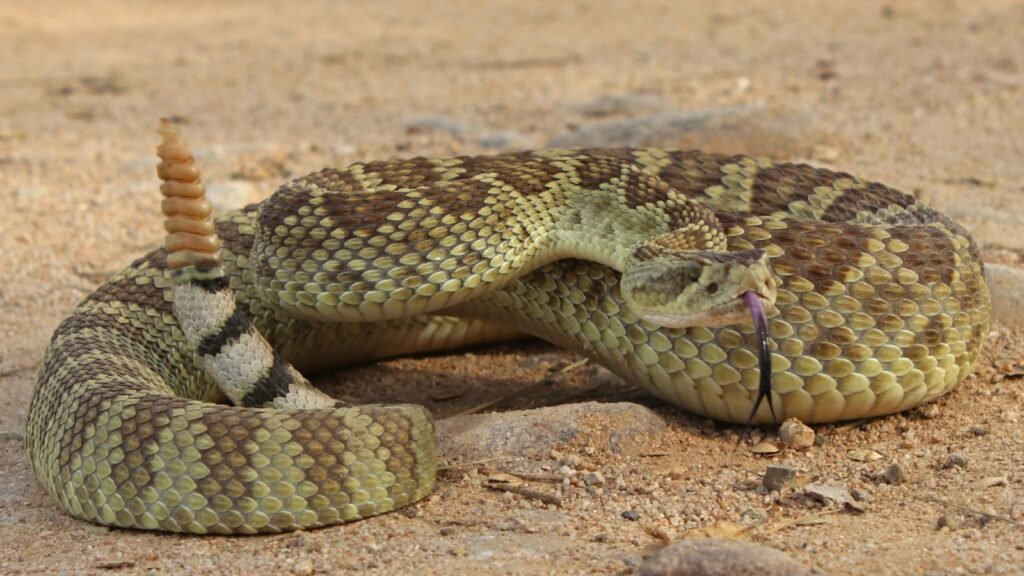
Most desert snakes are nocturnal. Watch where you step and never reach where you can’t see. Wear sturdy boots and loose pants. If bitten, keep calm and immobilize the affected limb. Don’t try to suck out the venom; it doesn’t work and can make things worse. Memorize the appearance of venomous snakes in your area—in North America, rattlesnakes, copperheads, and coral snakes are the main concerns.
Reading Weather Patterns
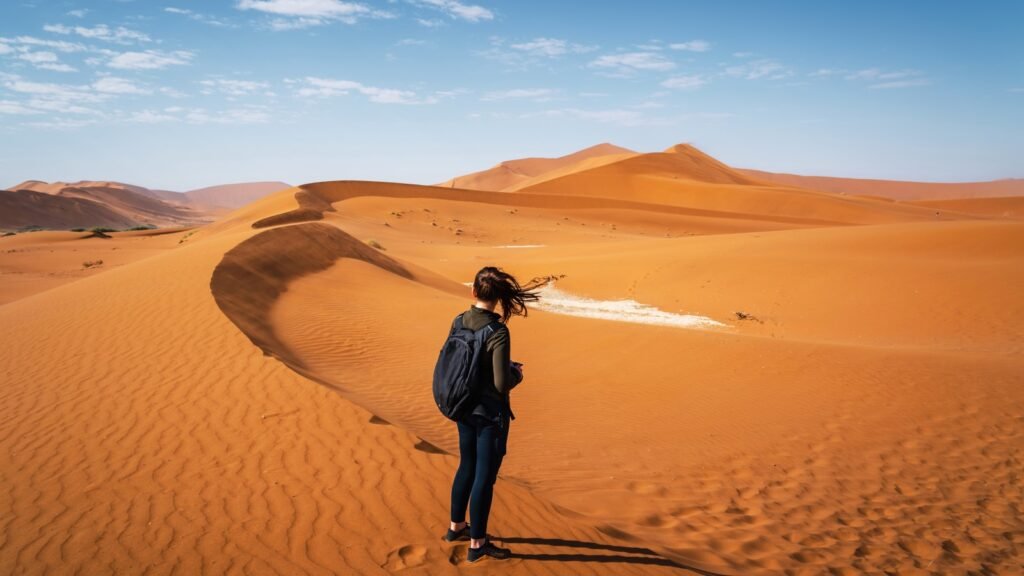
Deserts aren’t always hot and dry. Flash floods can occur with little warning. Look for distant rain, listen for thunder, and watch for rising water in dry washes. A wall of water 10-30 feet high can surge through a canyon with little notice. Sudden, strong winds often precede rainstorms in the desert, kicking up dust and debris—seek shelter immediately if you notice this.
Improvising Tools

A knife is essential, but you can make tools from natural materials. Sharp rocks become cutting tools, yucca fibers make strong cordage, and large leaves can be woven into baskets. With practice, you can create a serviceable toolkit from the landscape around you. The hard, needle-like thorns of certain cacti can be used as sewing needles or fishing hooks in a pinch.
Managing Your Energy
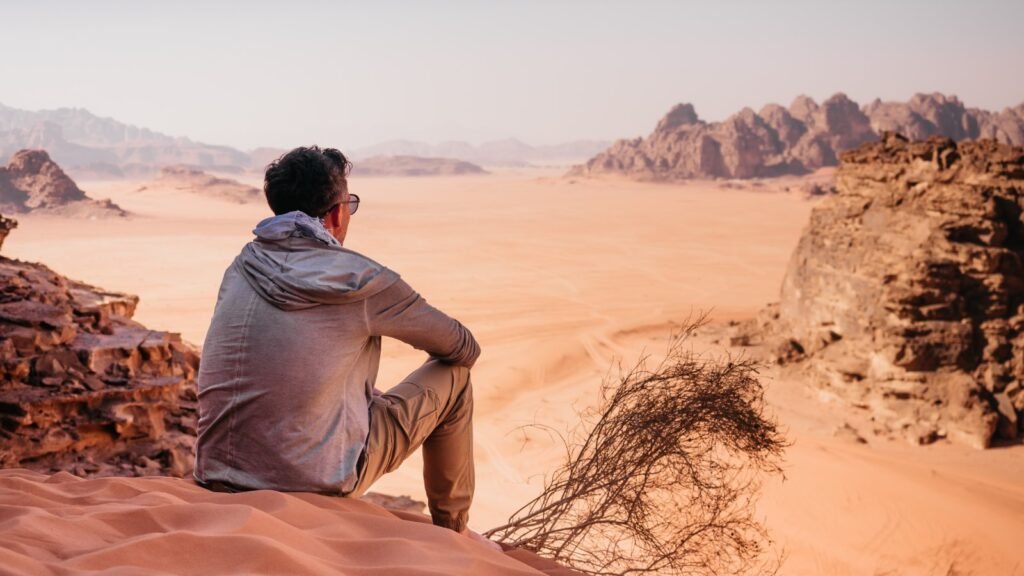
Conserve energy during the heat of the day. Travel in the cooler morning and evening hours. Take frequent breaks in the shade. Remember, in survival situations, your energy is as precious a resource as water. The “rest step” technique, where you briefly lock your back leg on each step while hiking, can significantly reduce fatigue over long distances.
Treating Cactus Spine Injuries

Cactus spines can cause painful infections if not removed properly. Use tweezers or a comb to remove large spines. For tiny glochids, apply white glue, let it dry, and peel it off. Always carry a multi-tool with tweezers in desert environments. If spines are deeply embedded, a paste made from water and bentonite clay (found in many desert soils) can help draw them out.
Finding Direction Without a Map
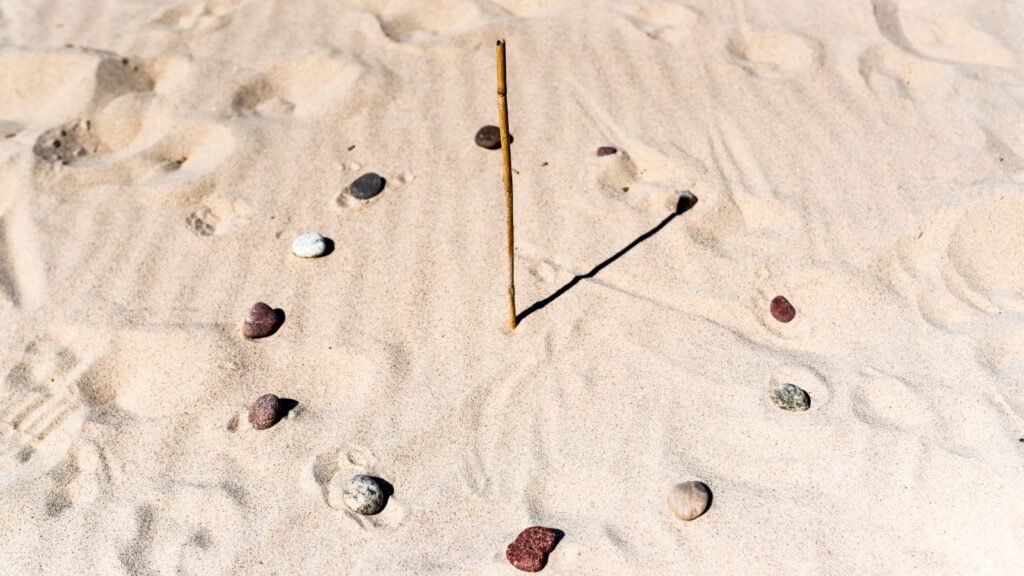
Use the sun’s position and shadows to determine direction. At noon, the sun is due north in the Southern Hemisphere and due south in the Northern Hemisphere. A stick in the ground can become a simple sundial to track the sun’s movement. In the Northern Hemisphere, the Big Dipper constellation can point you to the North Star at night.
Purifying Water

All water found in the desert should be treated before drinking. Boiling is the most reliable method, killing most pathogens in one minute at a rolling boil. Alternatively, use water purification tablets or filters designed for backcountry use. In an emergency, clear water left in a clear plastic bottle in direct sunlight for 6 hours can be made safer through solar disinfection.
Controlling Body Temperature
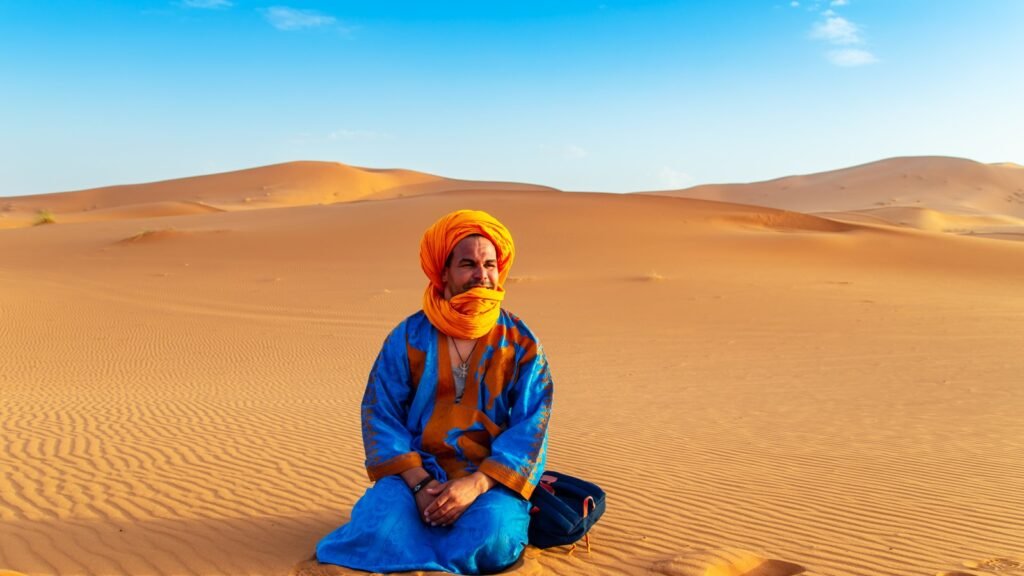
Loose, light-colored clothing reflects sunlight and allows airflow. Cover your head and neck to prevent sunburn and heat stroke. At night, bundle up; desert temperatures can drop below freezing, even after a scorching day. Wetting your clothes slightly during the hottest part of the day can provide evaporative cooling, but be cautious not to waste too much water.
Mental Resilience

Survival is as much a mental game as a physical one. Stay positive, set small goals, and celebrate small victories. Your mind is your most powerful tool in a survival situation. With a calm, focused approach, you can overcome seemingly impossible odds. Practicing mindfulness or simple meditation techniques can help manage stress and maintain clear thinking in crisis situations.

